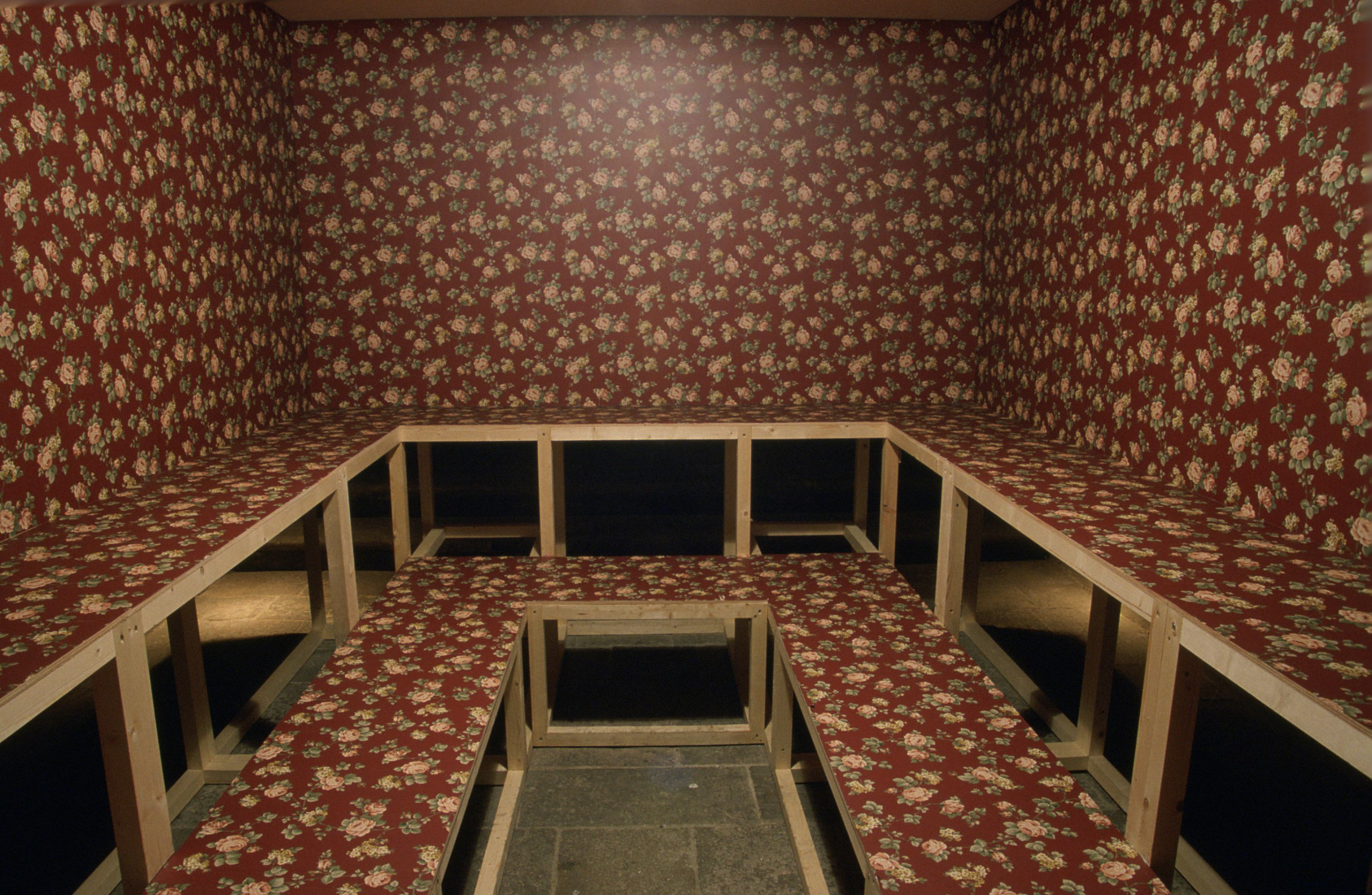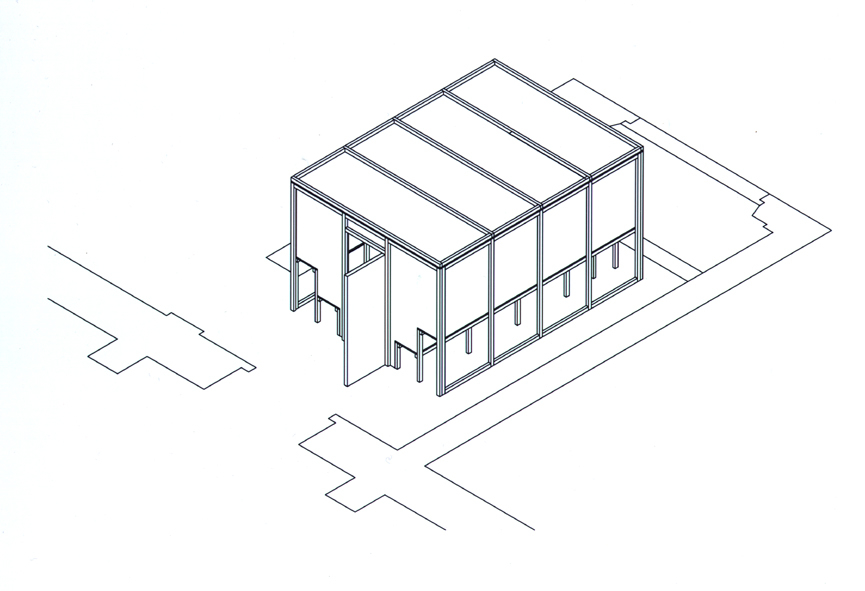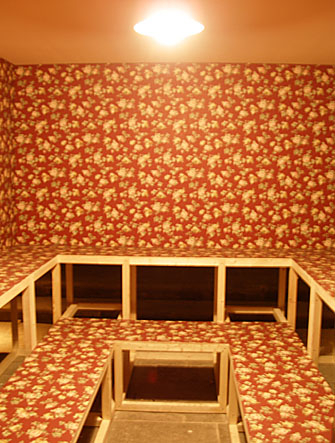Cambra de tots
For the camera, there is a certain type or type of space in which life is passed or it is represented, and with which we tend to be familiar in some way. The occupation of a place where something happens. A space defined by the near and everyday habits and, paradoxically, it is strange and distant when we interrupt it for any reason and we have the option to observe it from outside. The chamber becomes, then, a decoration, a construction of forms of existence.
It is a scenario that also presupposes a very close relationship with oneself, with the other and with the other. And for what it has of personnel, the room becomes the place where relationships are created.
On this occasion, when playing to enable this typology of habitat, Gemma Farran makes an imaginary staging of the chamber. Think of the space based on the possibilities that it makes you disassociate. That's why its facilities are places, interior or exterior landscapes according to what has to happen and, consequently, supports for a given event. All of them, from the basic furniture of a work space installed in a natural setting, a camping tent that occupies the exhibition space, to the provisional spaces that invite the exchange or the election of the vote, They are reflections on the architectural and domestic space, based on their decontextualization that arise from new situations of dwelling.
With Chamber of All, the artist proposes a new provisional space. The construction revolves around a device of a habitual nature but at the same time of occasional nature because inside there are meetings. A room designed from the opposite, which refers to the most personal space of each one, to which we identify under the fold and privacy, a space that is also loaded with intensity but which simultaneously is proposed as a space of all, as a center where you can share dialogues, meetings and debates. A game in principle of opposites that indicates in a second reading the similarity between the disorder that suffers a territory like the existential one and a space like the public: places, both, of shocks, of collective effervescence nourished of that daily
The installation, then, becomes an invitation to inhabit a place of obvious fragility: what has a room itself that announces its disappearance as an intimate place to become an architecture designed for the event. A place that is defined by its episodic, occasional and ephemeral category. Like any construction. Like any form of existence. A space available but without guarantees.
Under paradox and play with a physical space that is often impossible, the artist tells us of spaces built to inhabit that end up being spaces to confine. To skirt, touch or pinpoint. Places where the boundaries are moving. Looking at the architectural and domestic space, this work evokes a look at the habit of inhabiting, about how we relate to the place, what are the constructions necessary to live and what changes these places have to have to become the what do we want An exercise that hides, in the disarticulation of existential space, the search for the possibilities offered by living space based on the relationship we have with it and everything that surrounds us.








